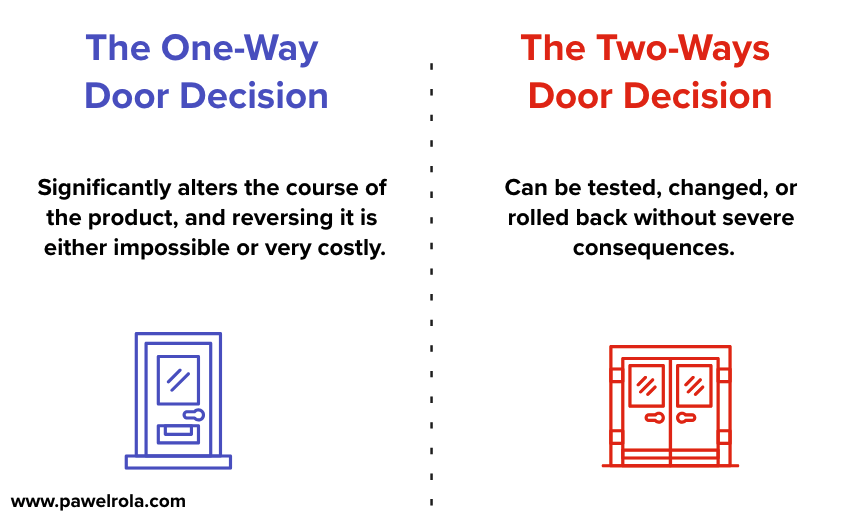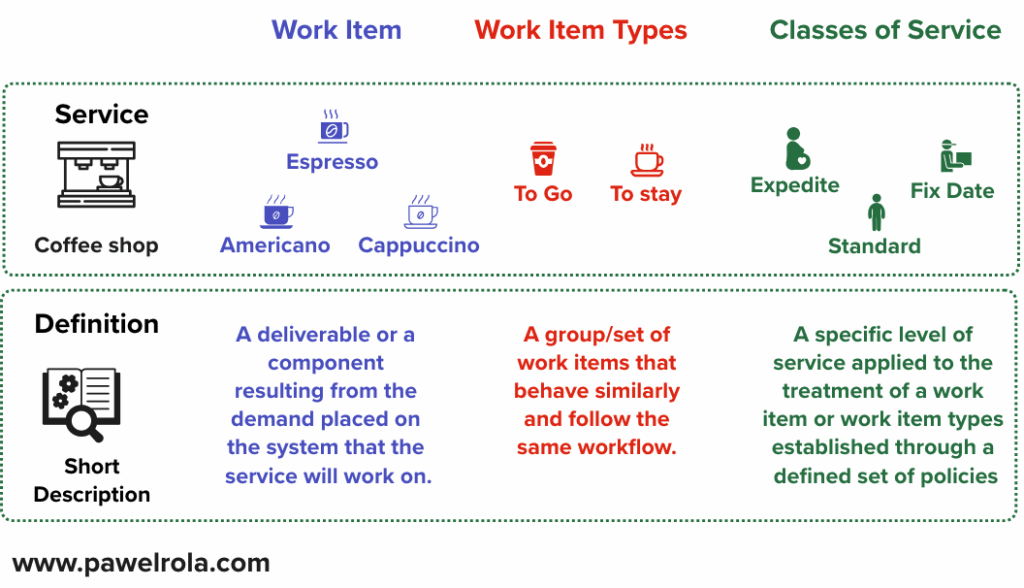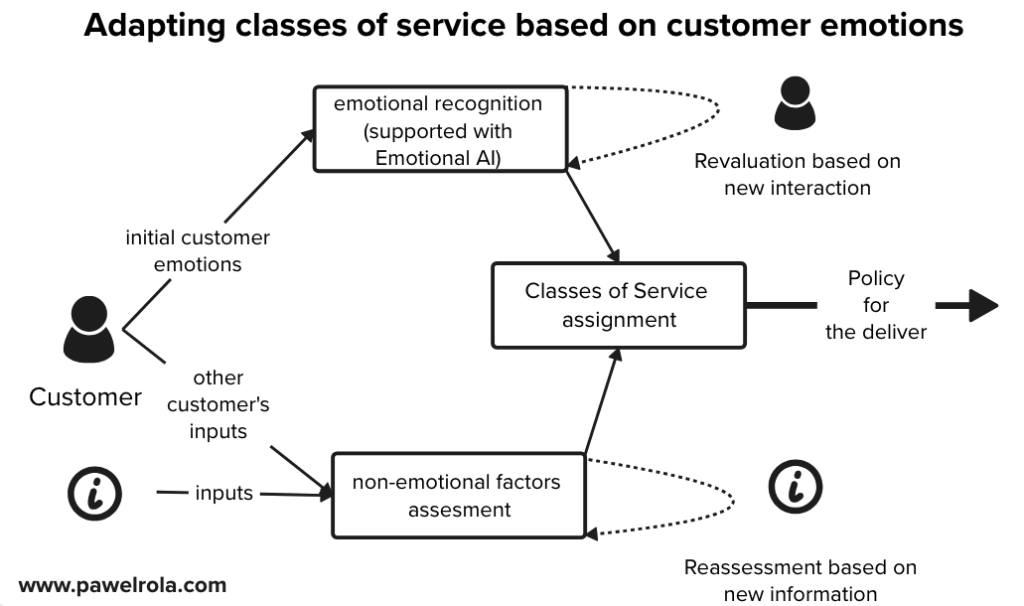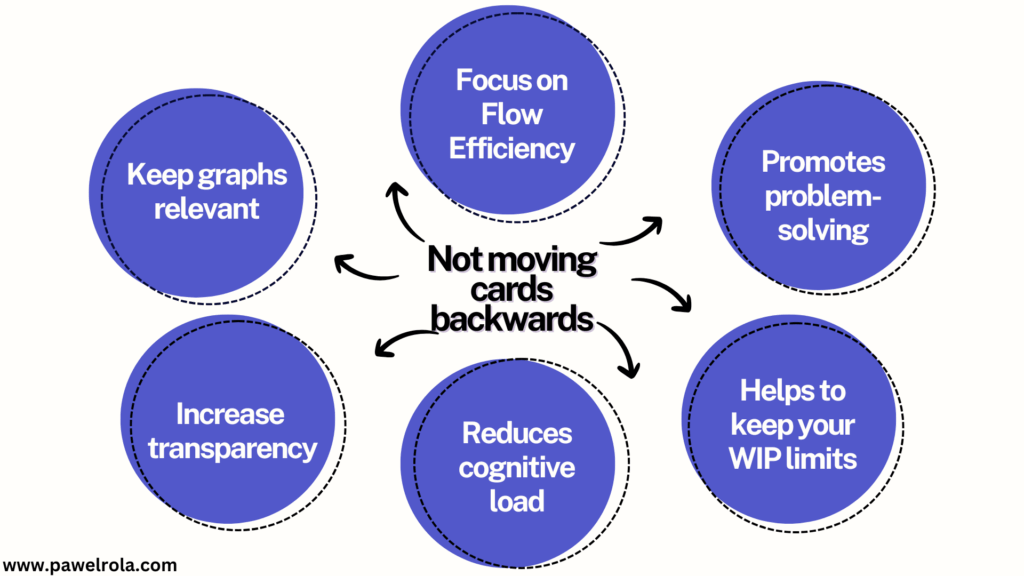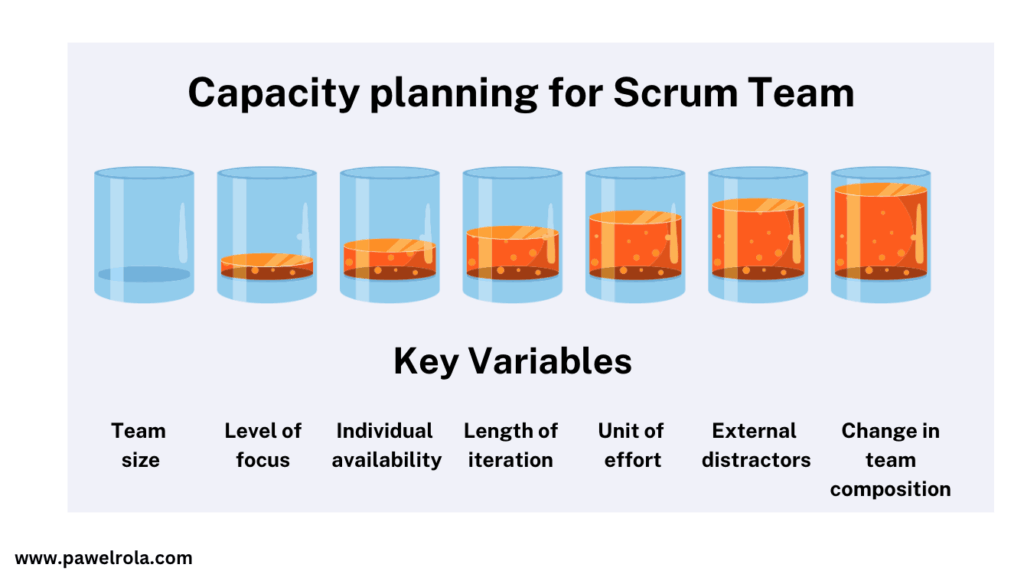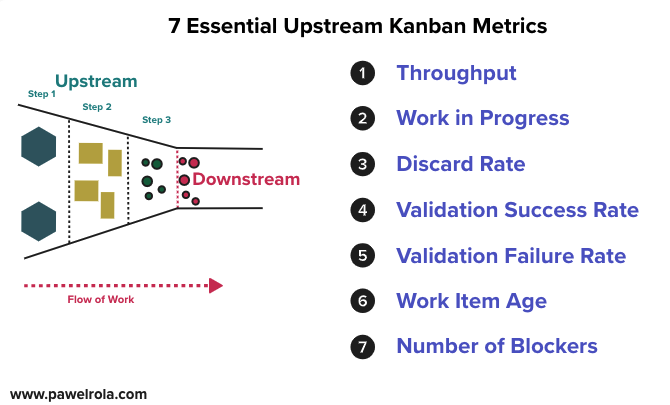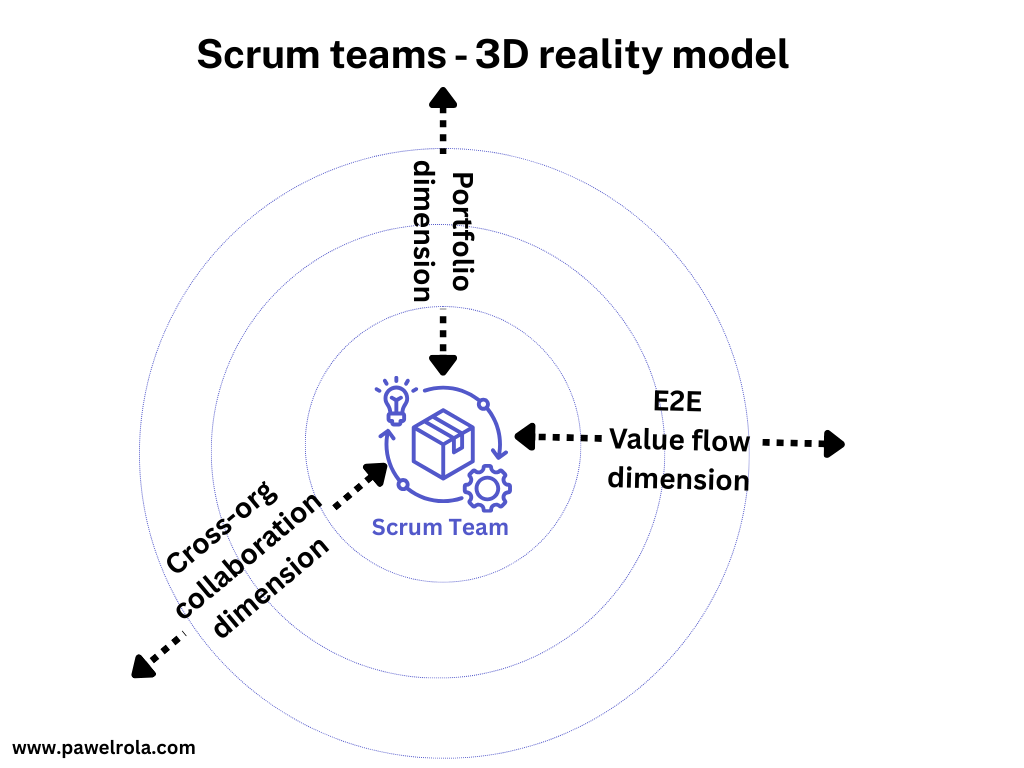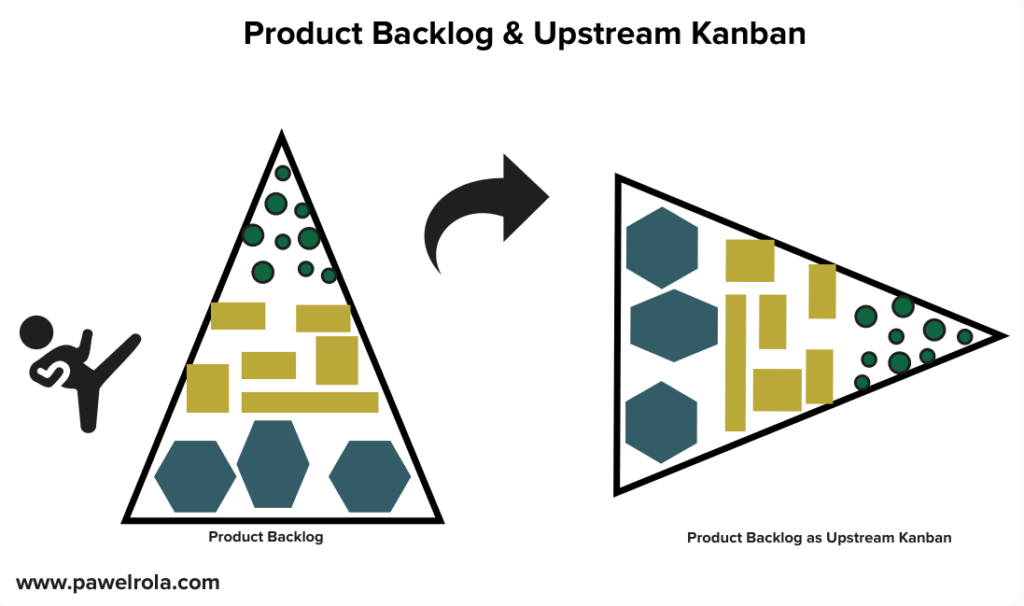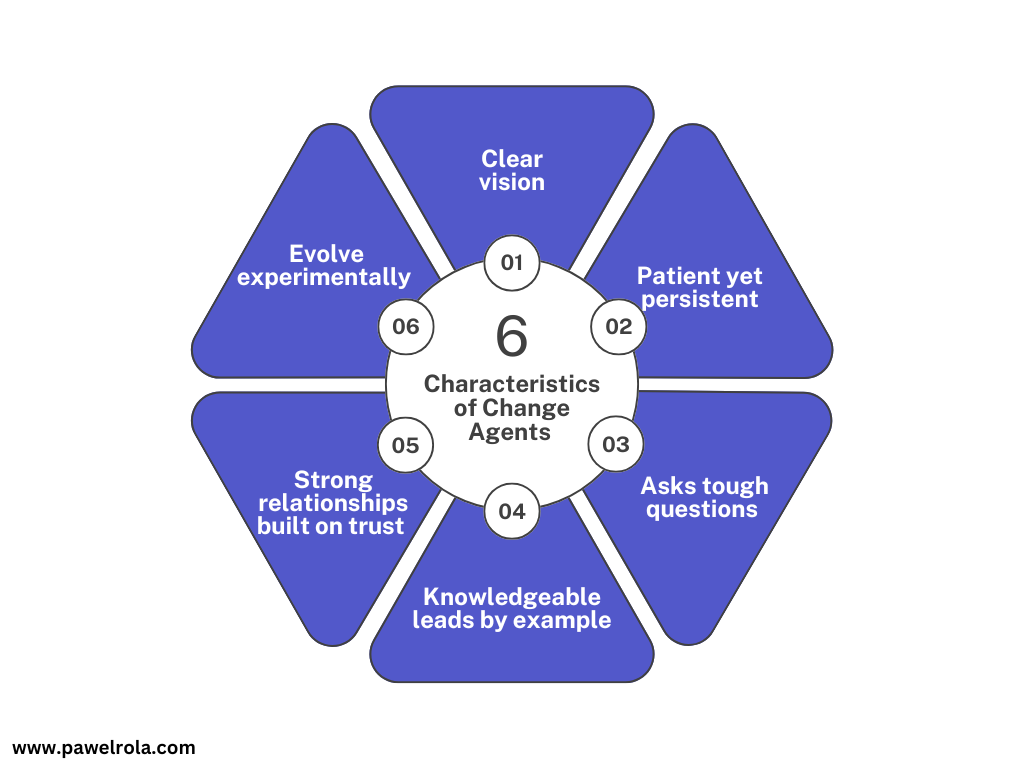Agile redevelopment of rhiCOMS – case study and transformation insights
Modernising software that has been in use for many years is always more than a technical upgrade. It is usually an opportunity to reflect on how an organisation works, how decisions are made and how value is delivered to customers. Over the past year, I have had the opportunity to support rhi in the Agile […]
Agile redevelopment of rhiCOMS – case study and transformation insights Read More »

